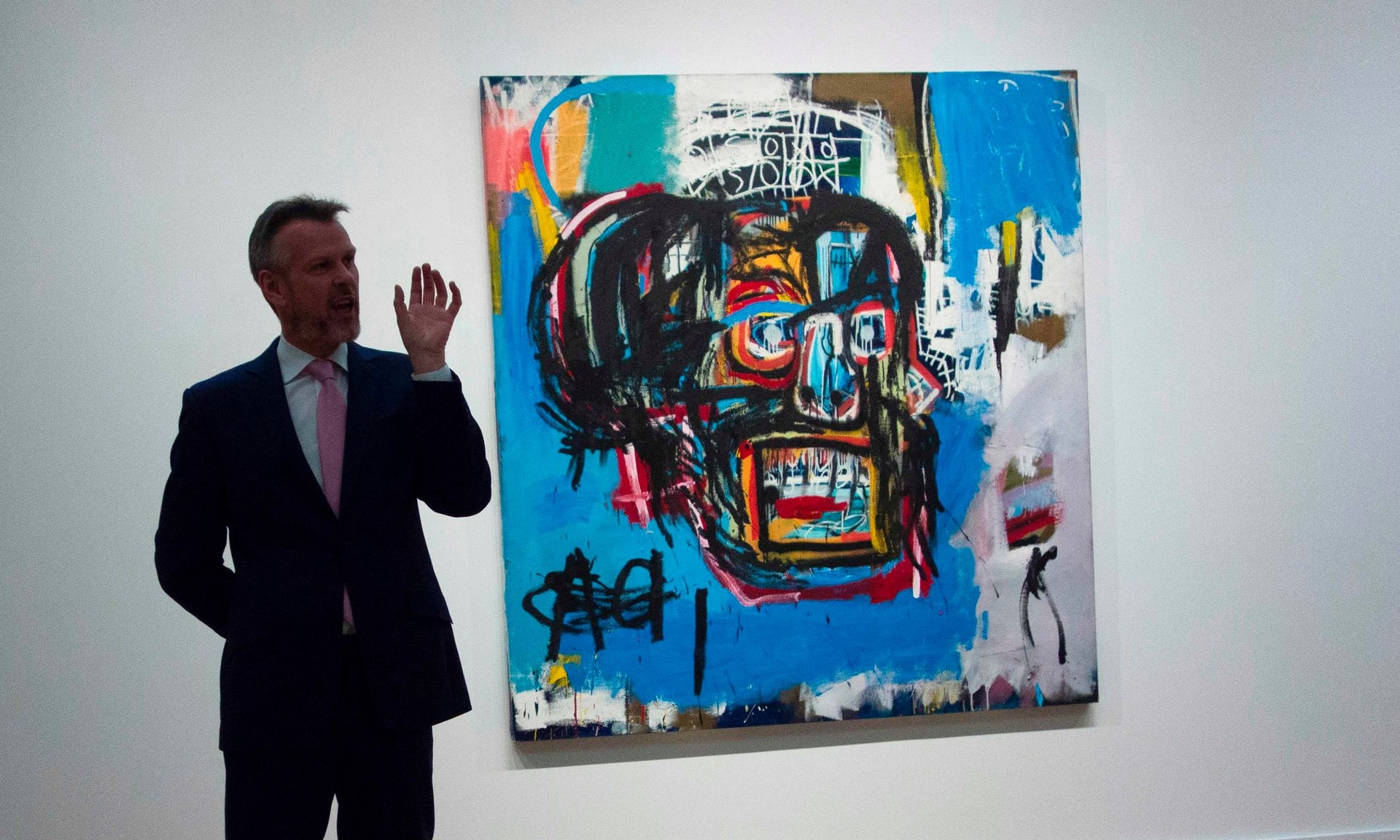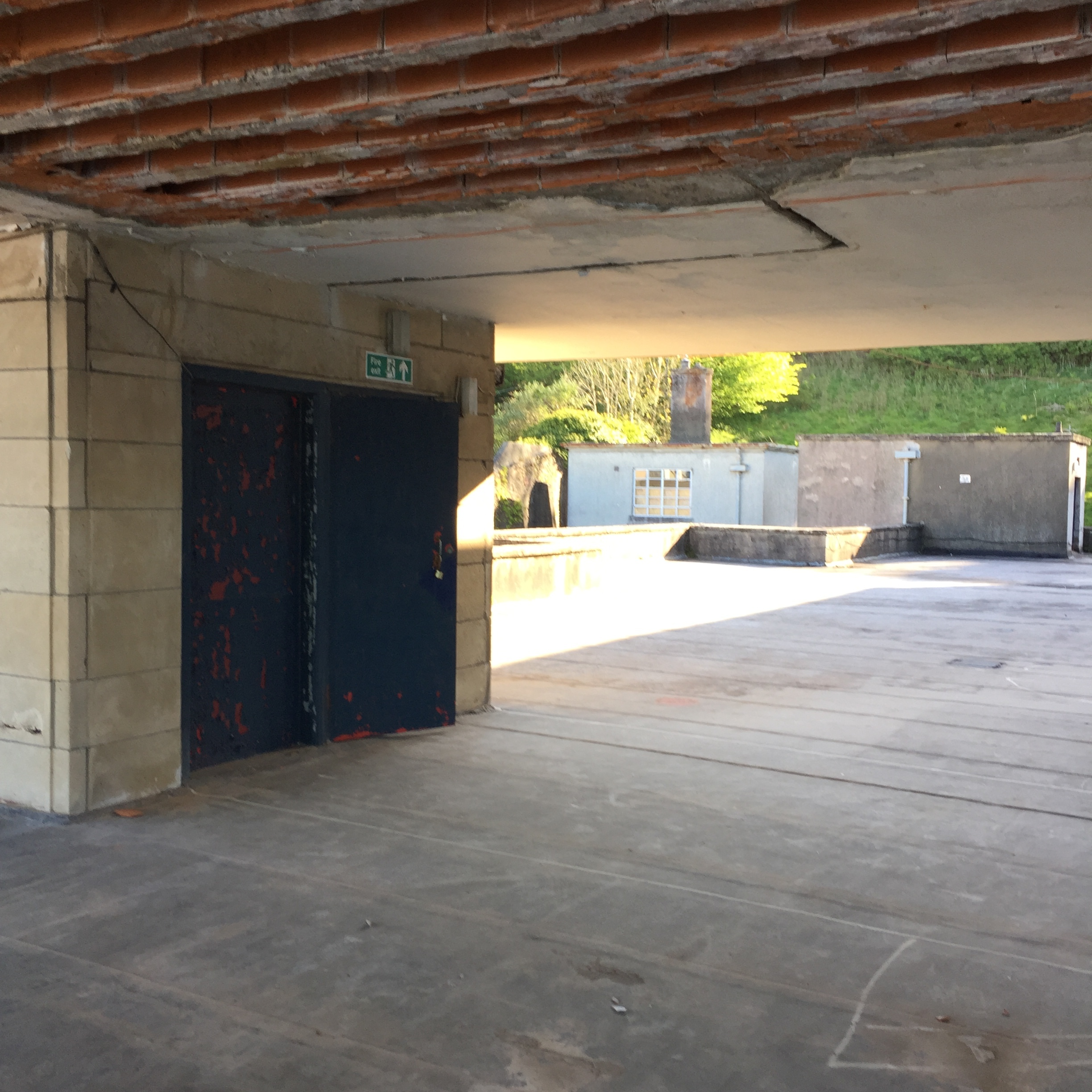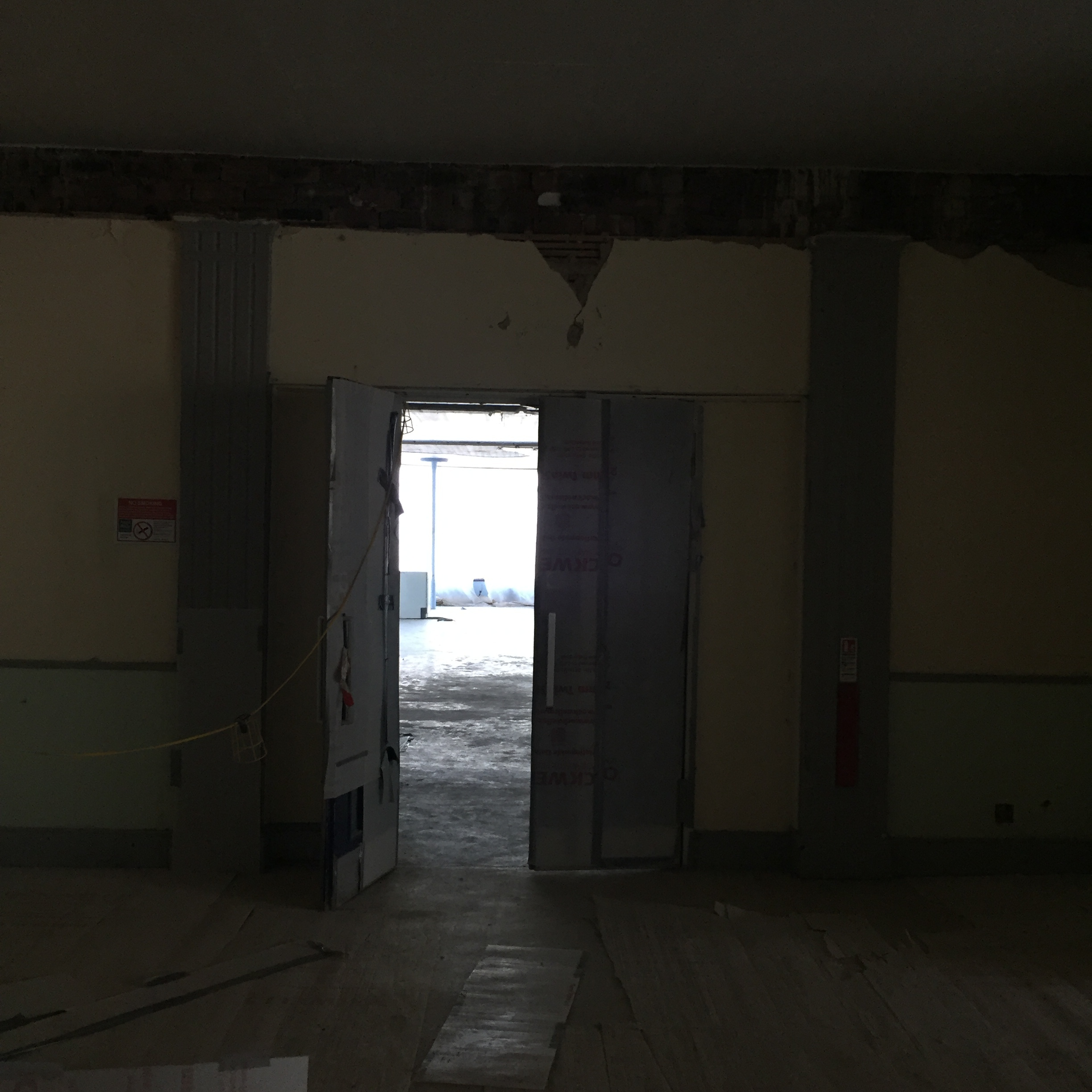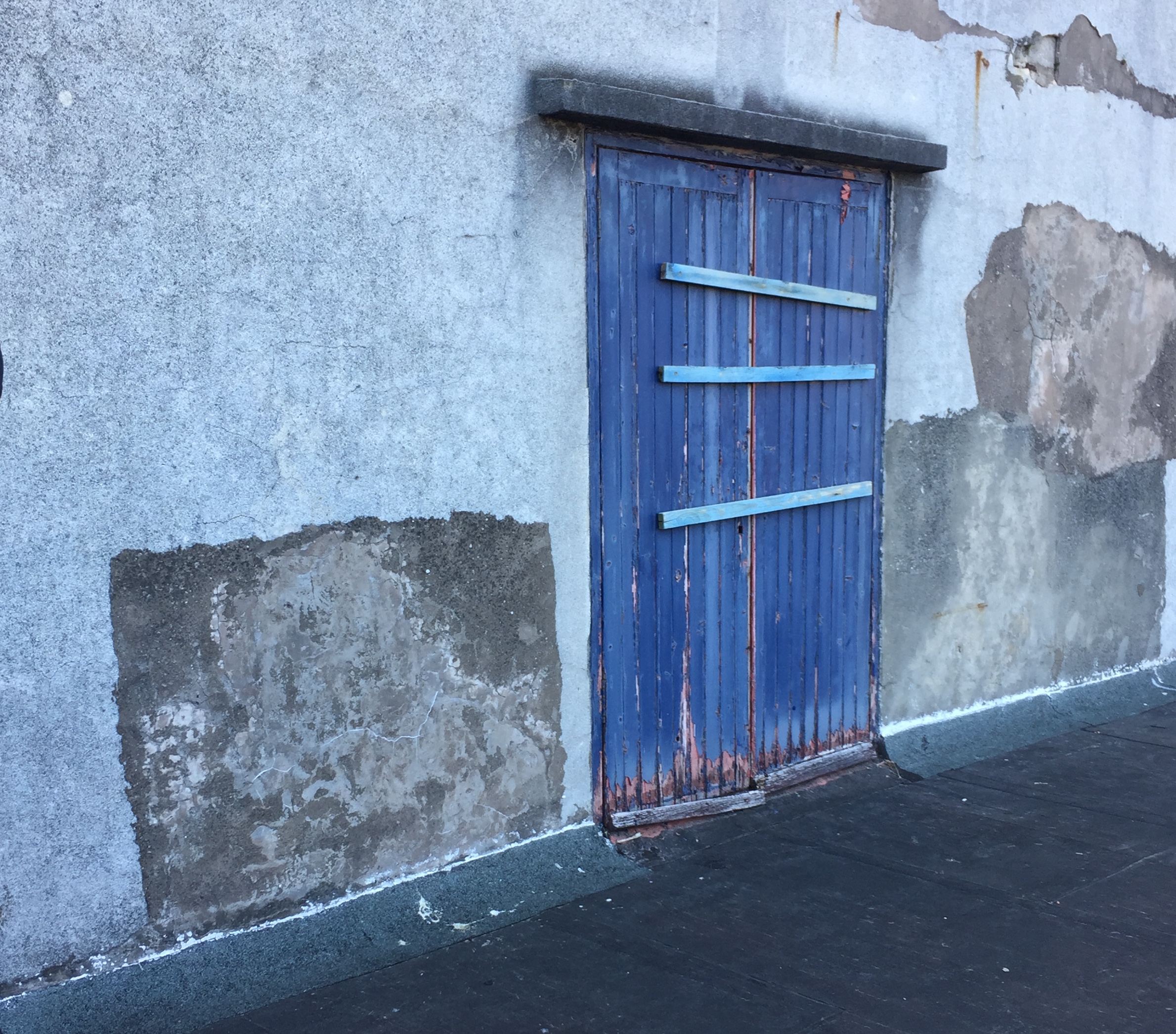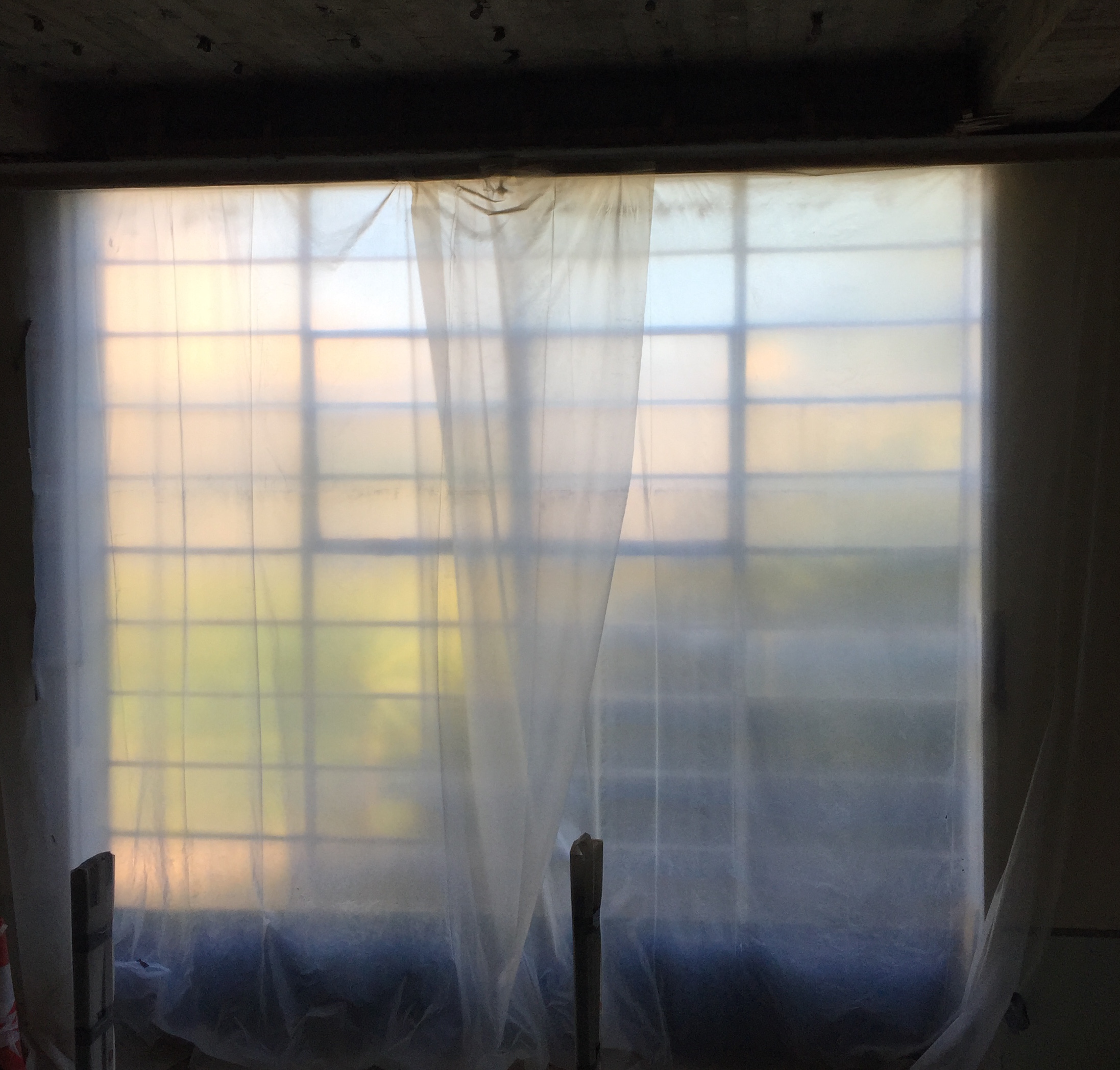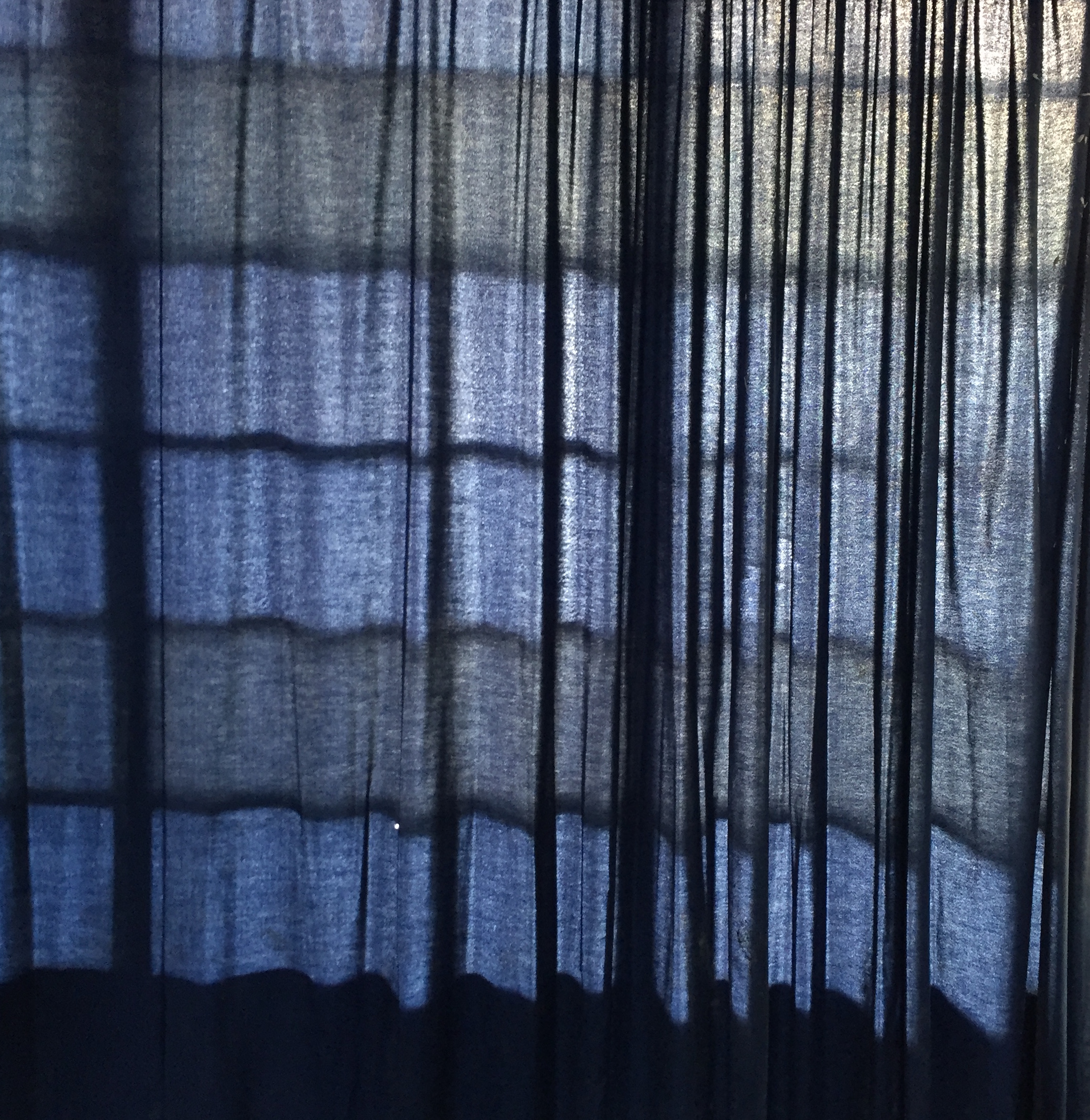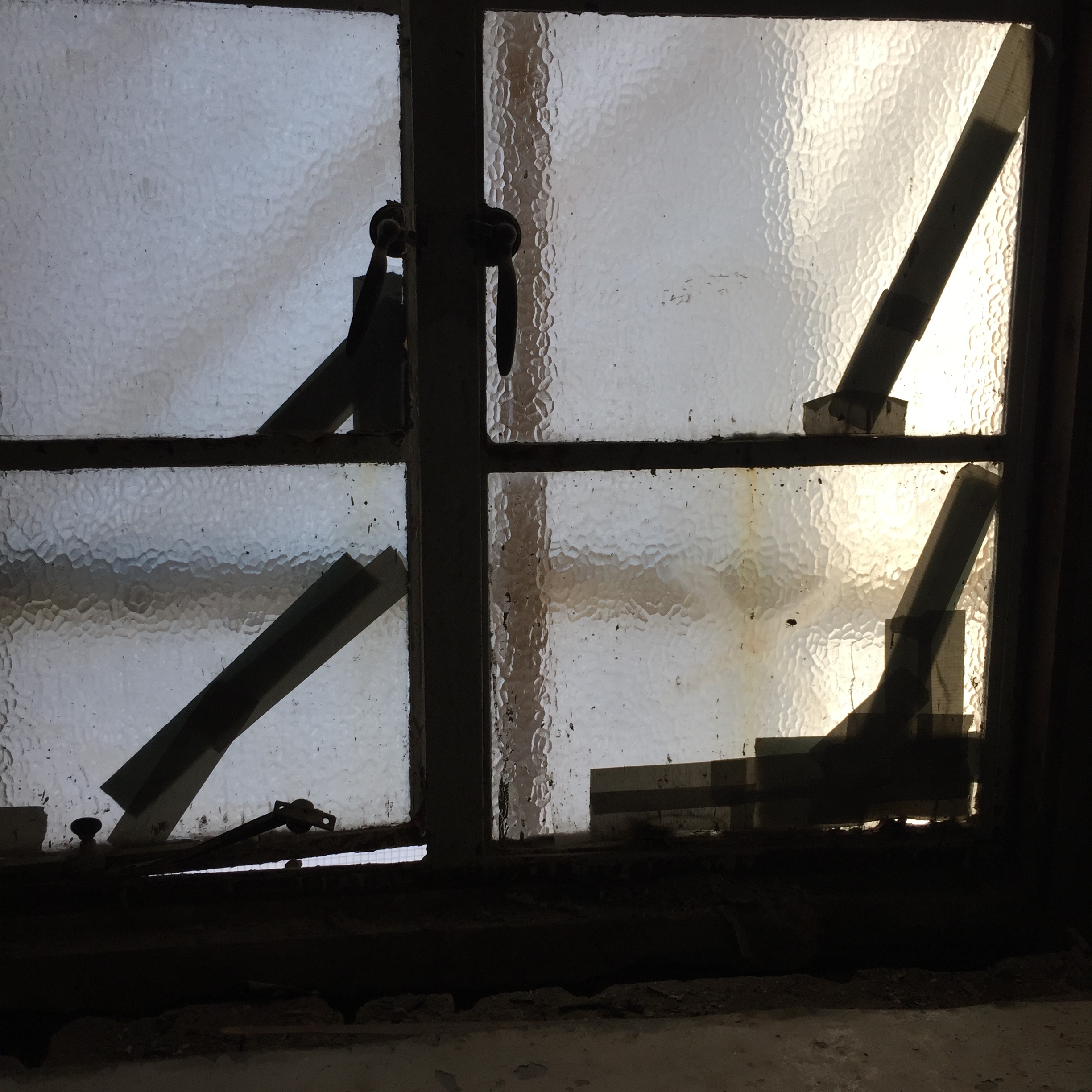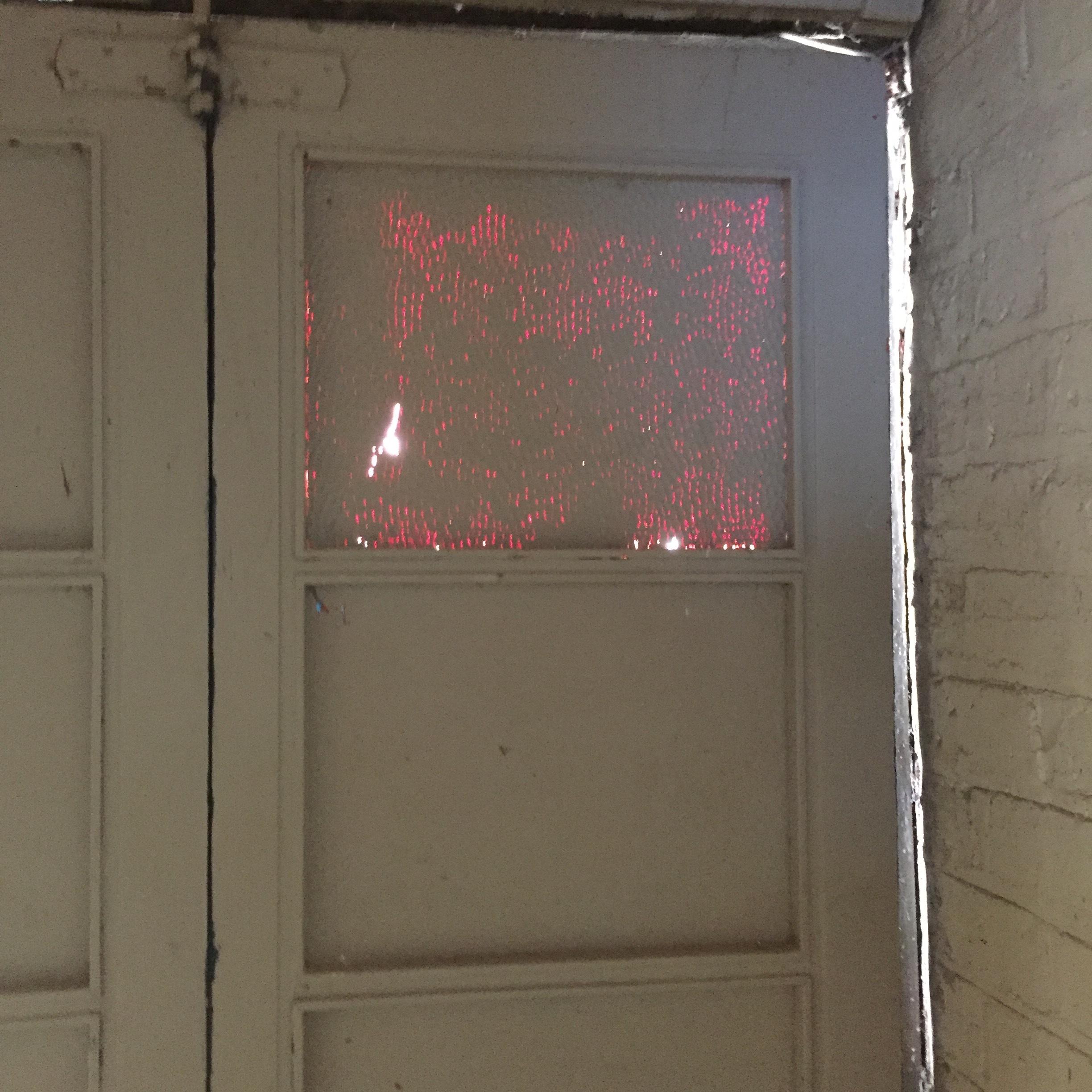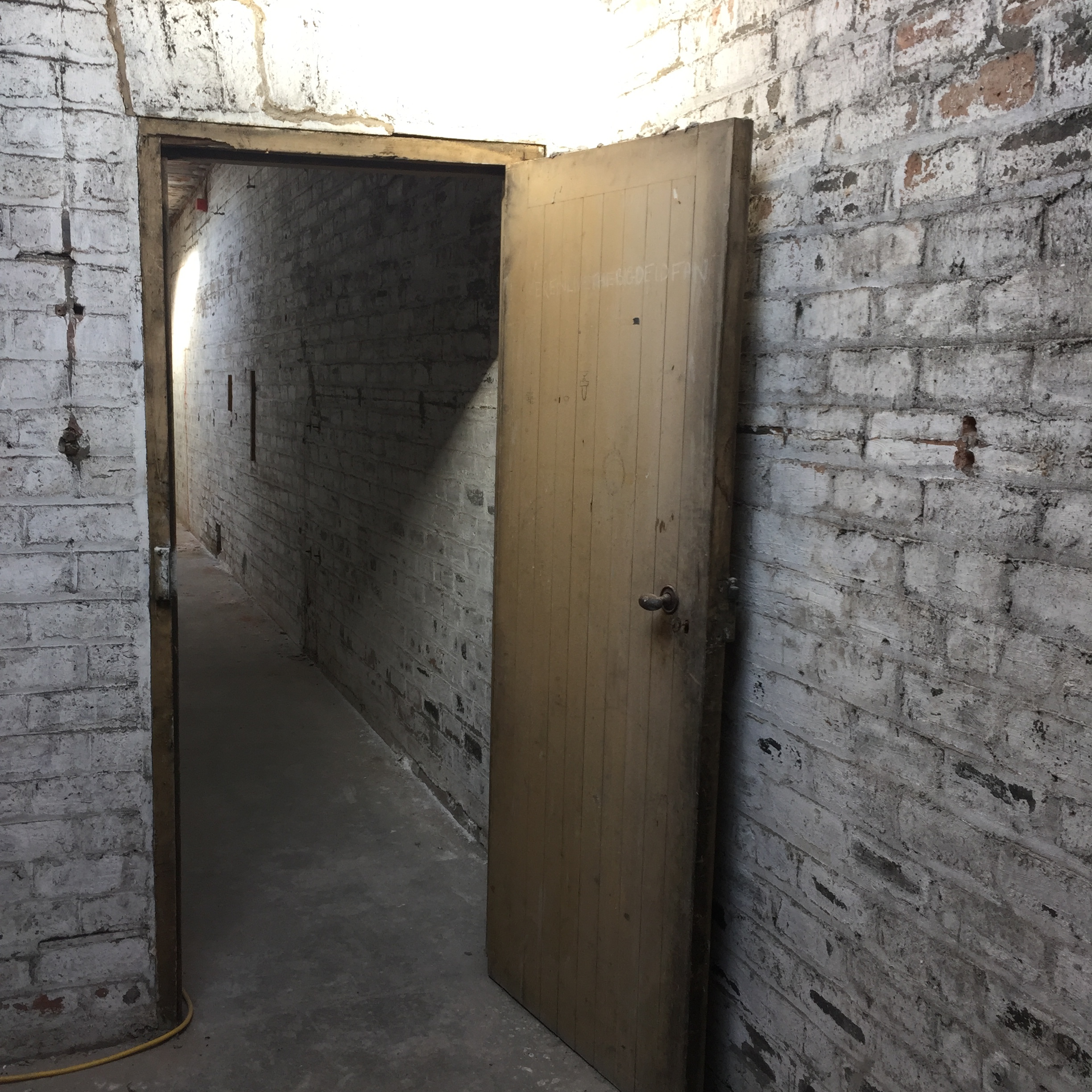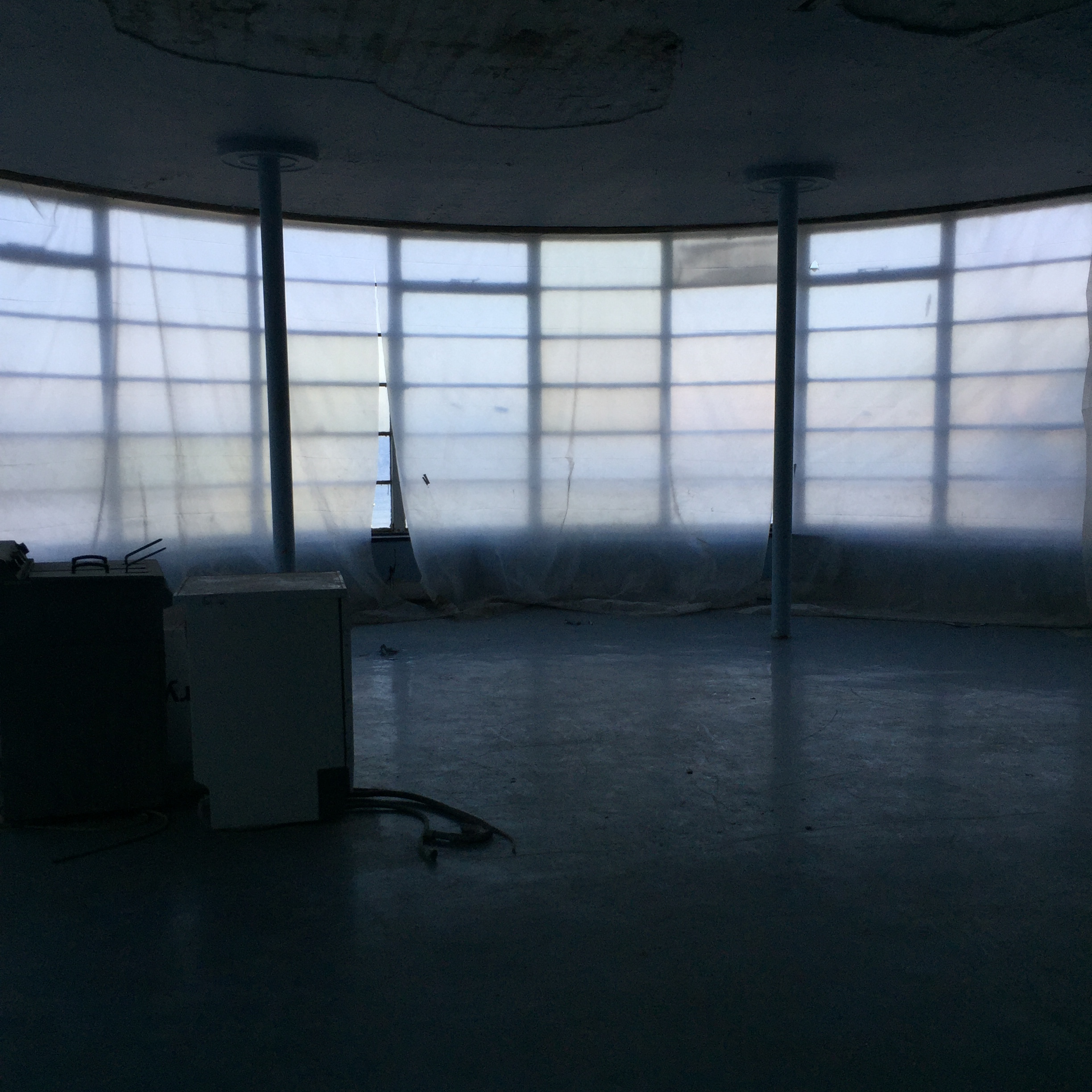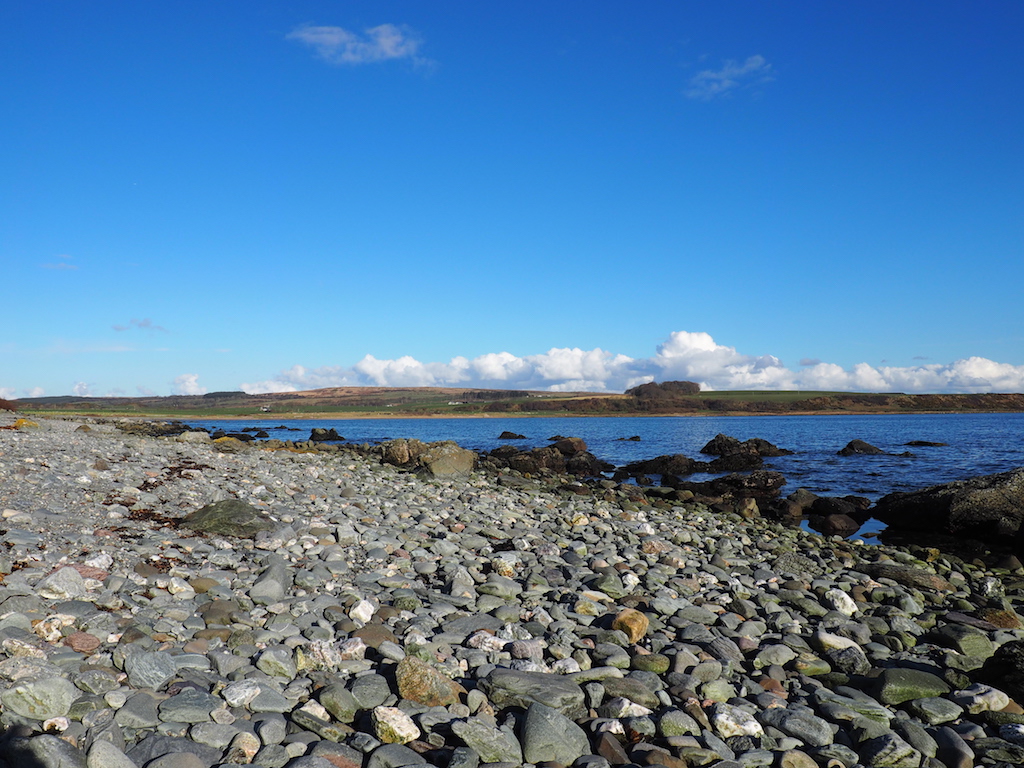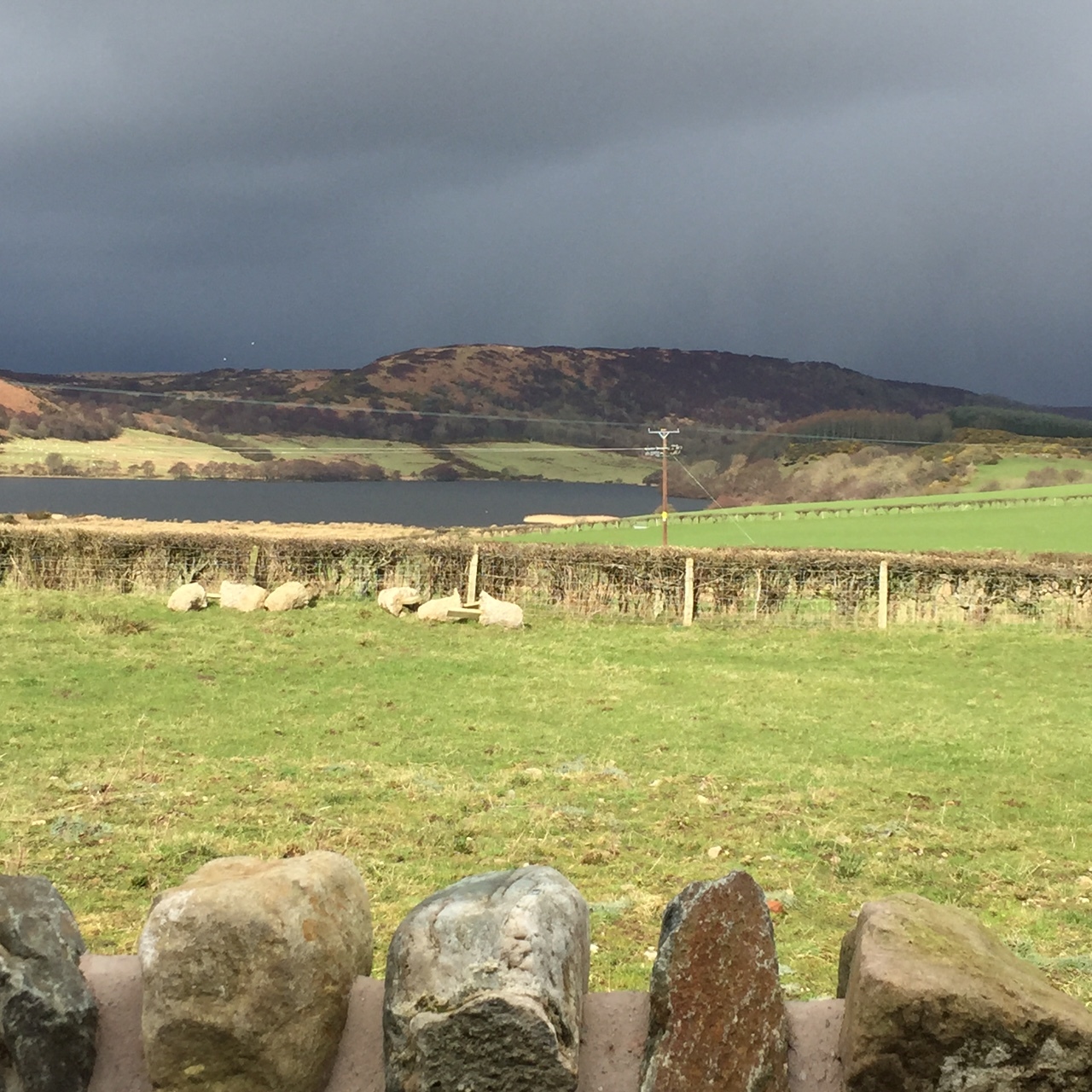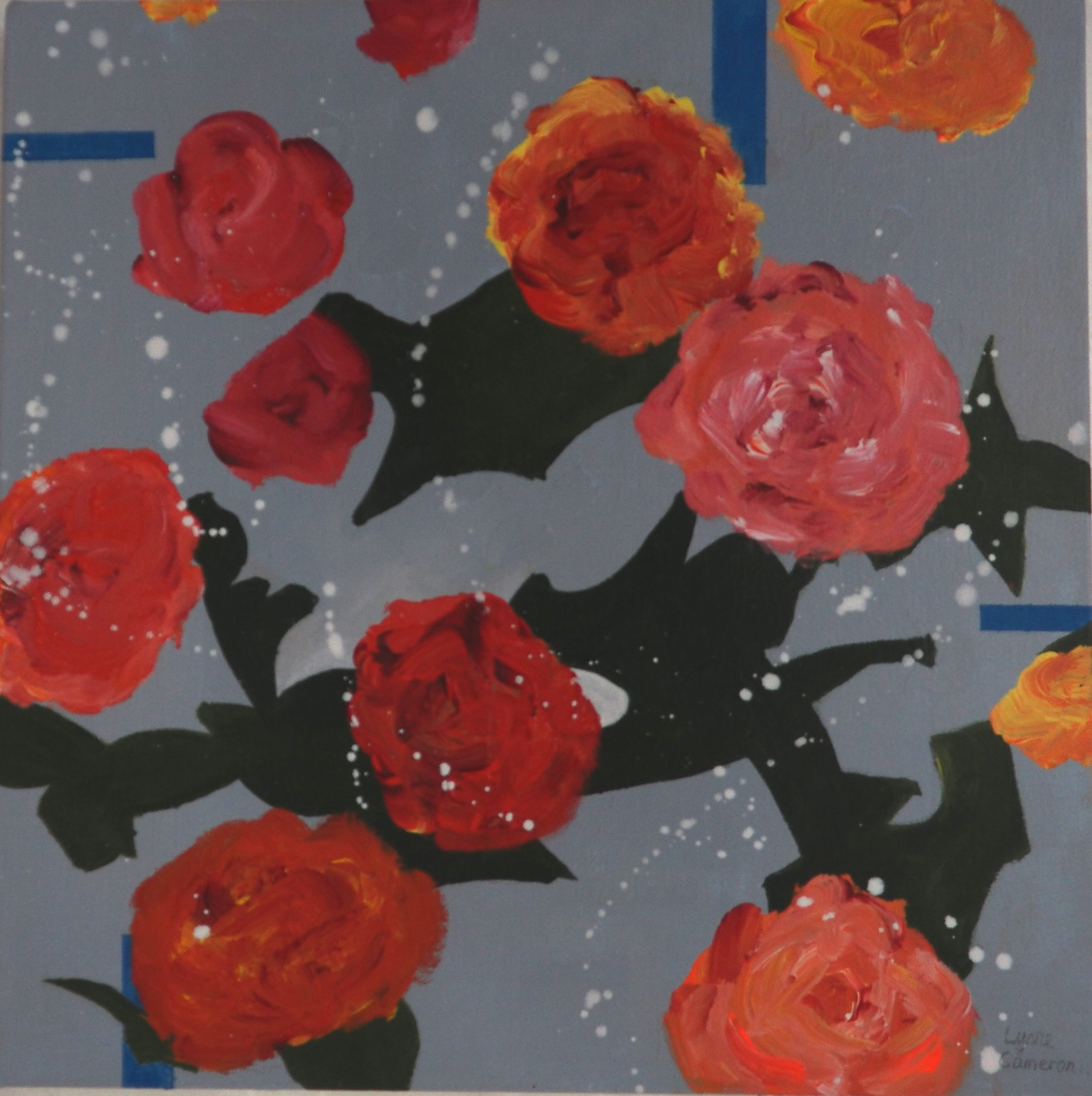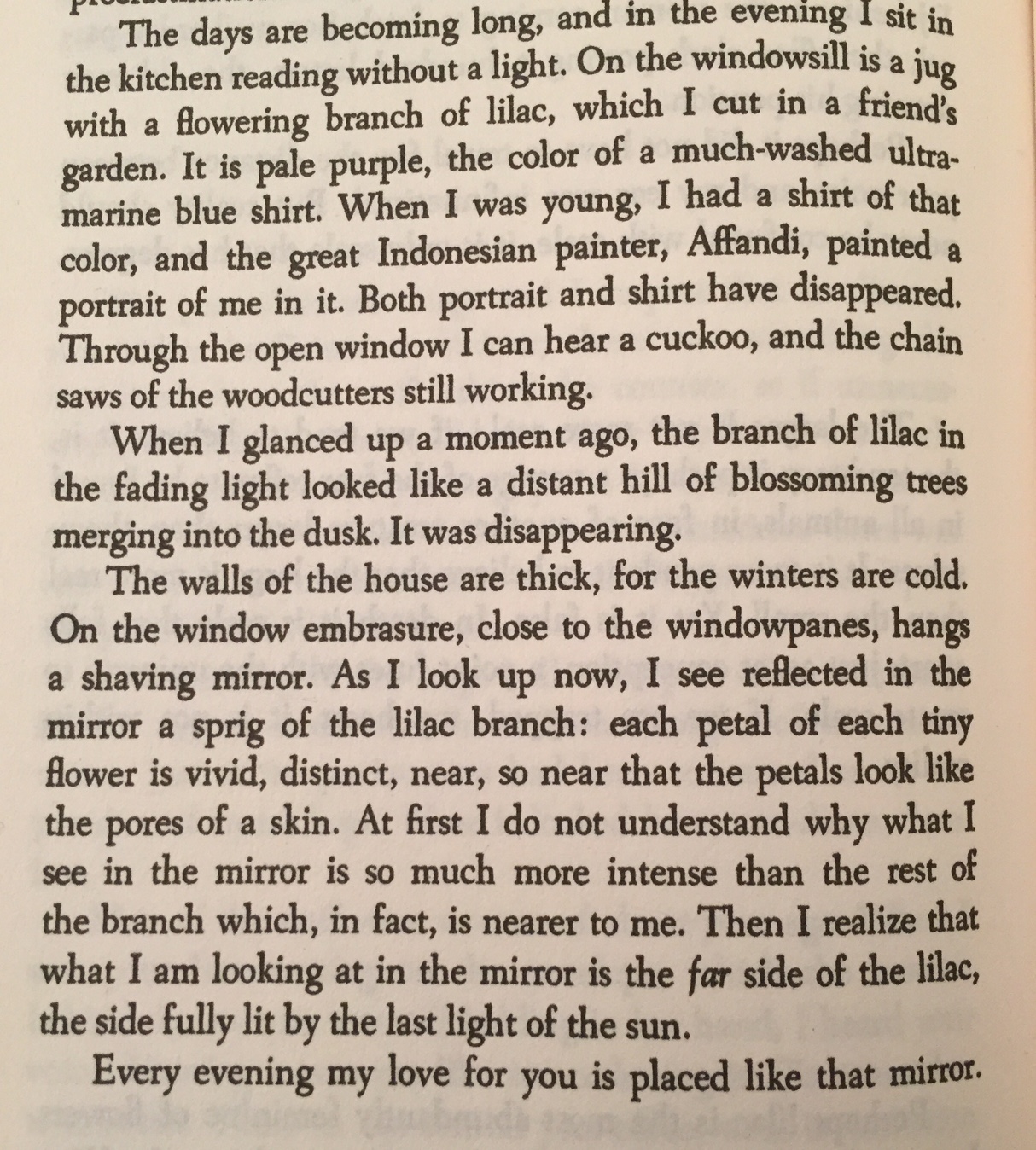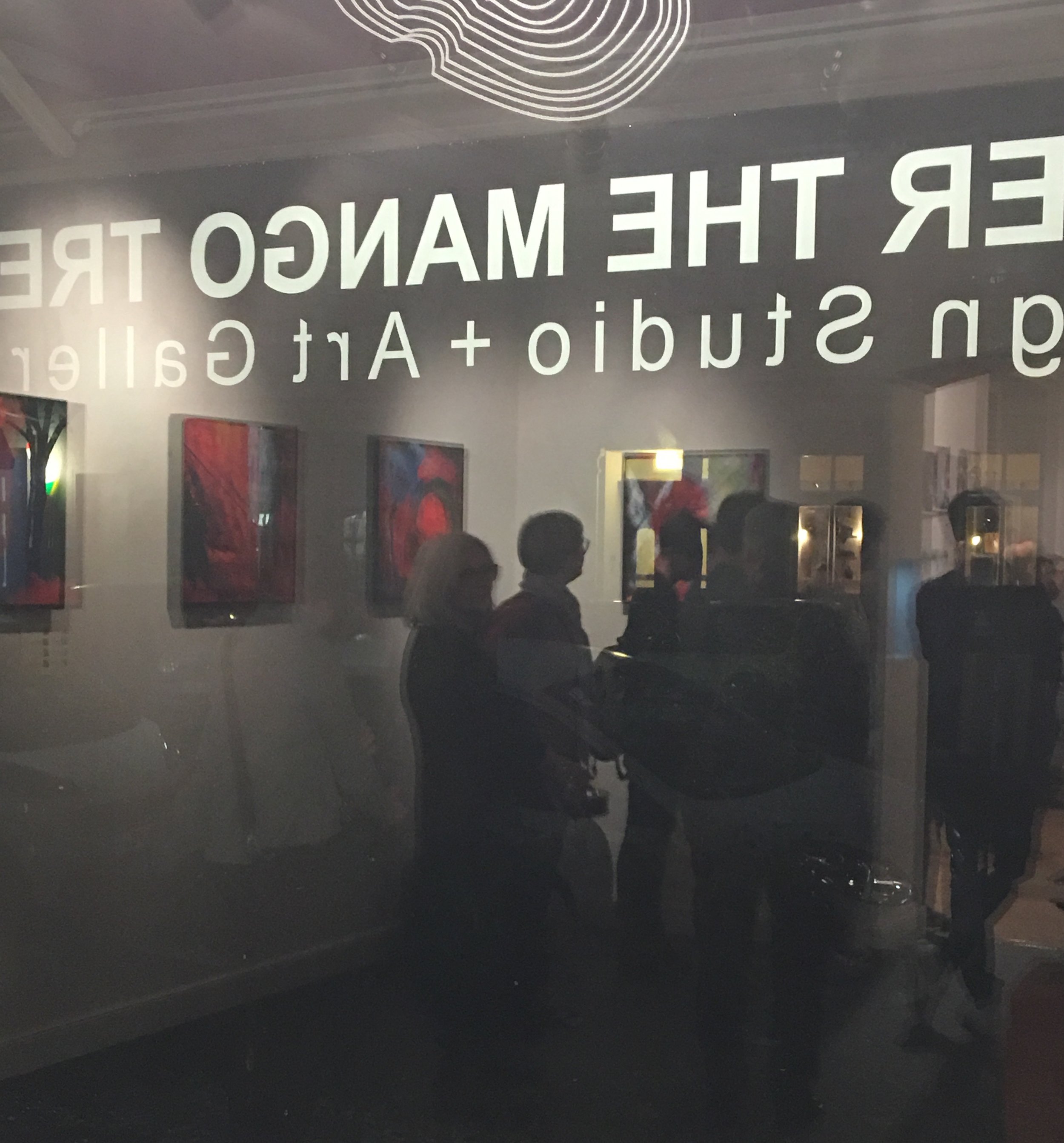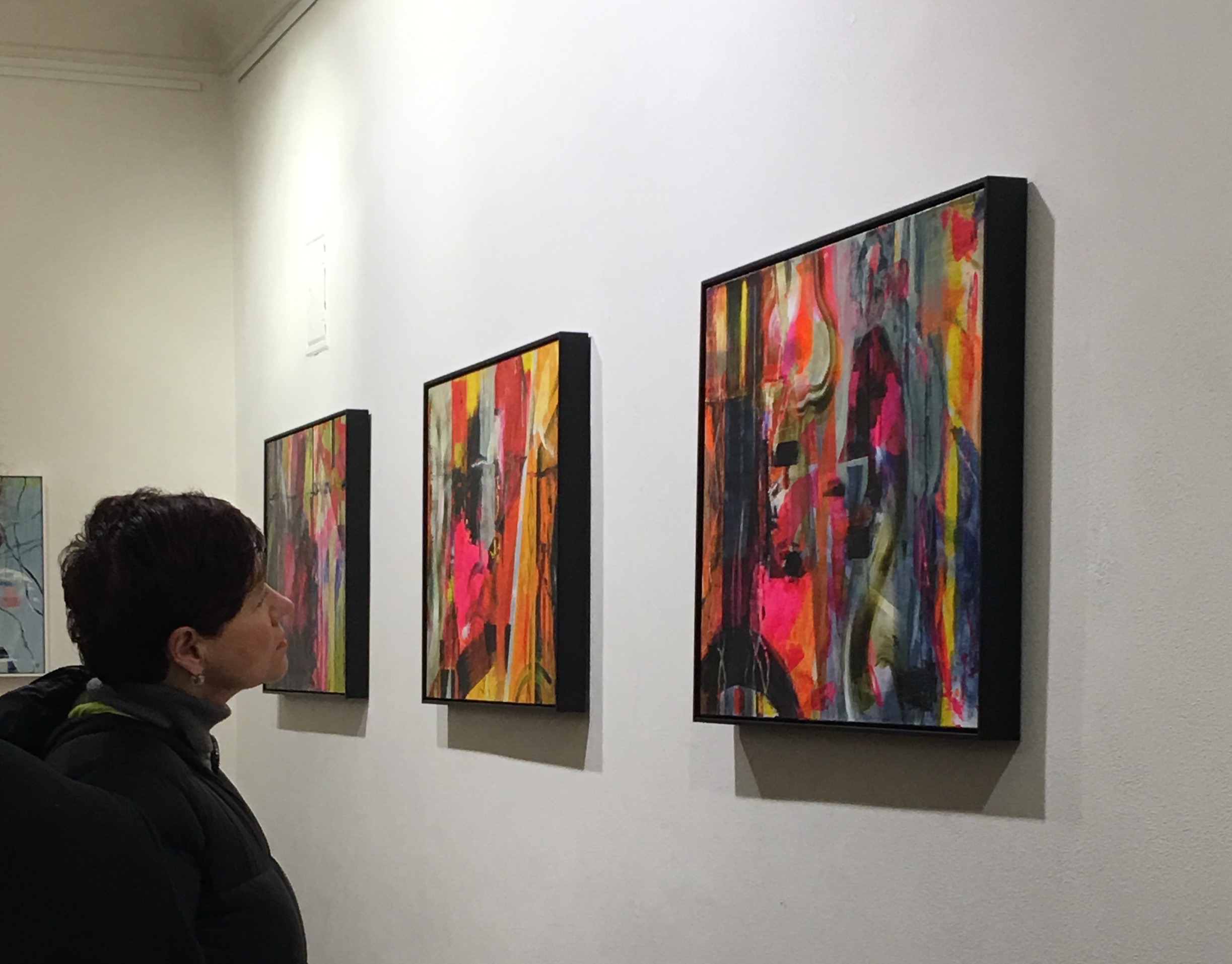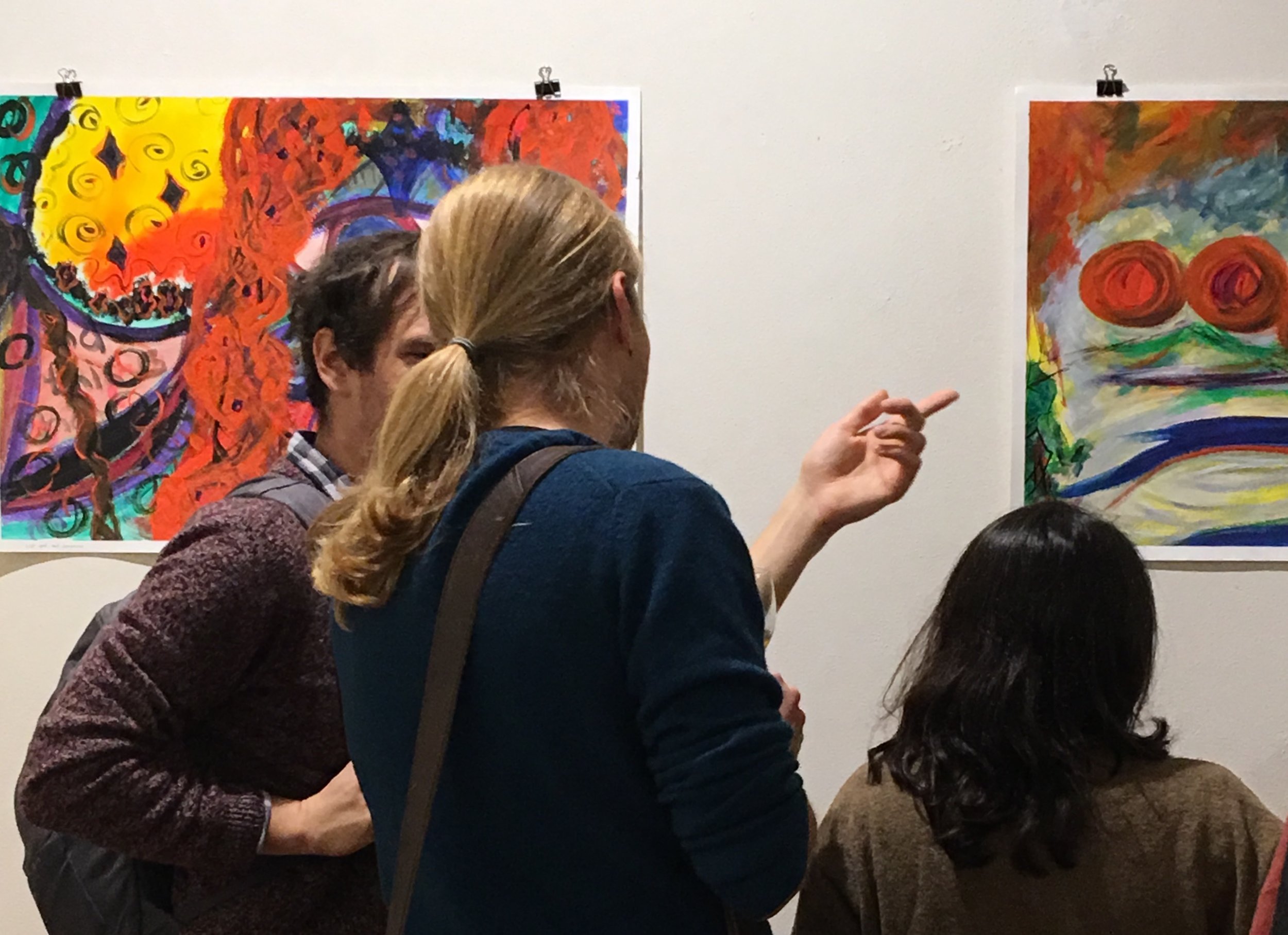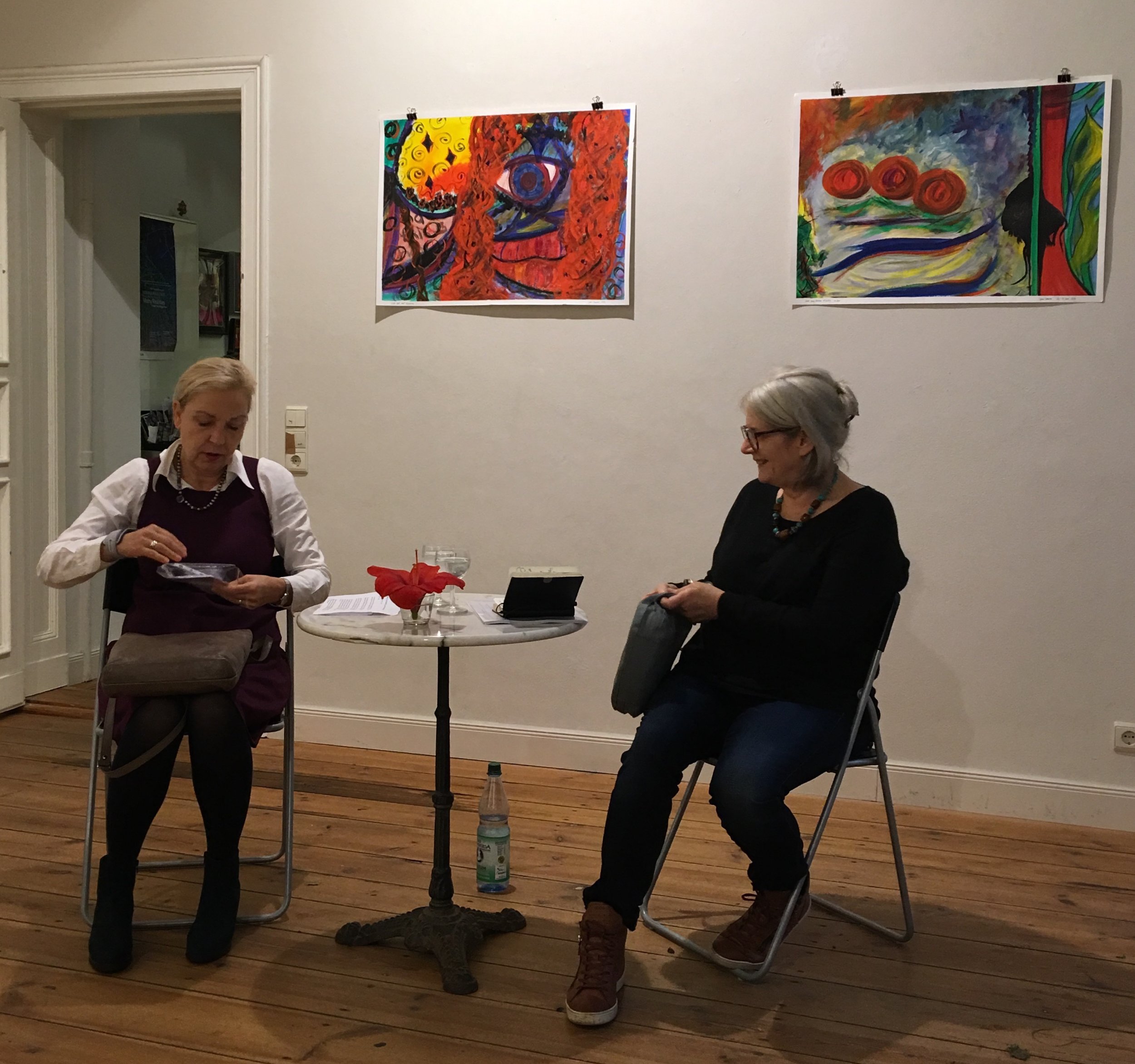In 2012, I wrote him this letter. I don't know if it ever reached him but I am glad that I tried.
--------------------------------
Dear John Berger
Over the last 20 years I have been reading your books, following your adventures, thinking about the choices you have made in living your life. I am writing to thank you from my heart for the huge inspiration you have offered by being the person you are.
I am in the process of making a big shift to the ‘poetic life’ I have longed for – leaving the countryside to move into central London, finding a studio, committing to painting towards an exhibition. I came late to art, practising alongside an academic job until the need for painting and a poetic life became non-negotiable. Asked who my role model or ideal mentor might be, it was your name that sprang straight to my lips.
So, thank you!
---------------------------------
Here's a favourite extract of mine from the book and our faces, my heart, brief as photos, John Berger 1984.
